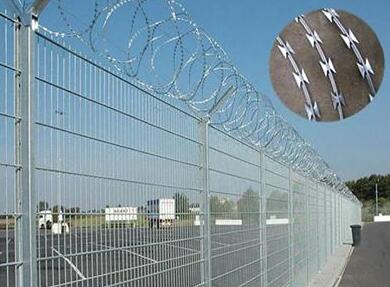The Importance of Support Cages for Plants Enhancing Stability and Growth
Gardening is a delightful and rewarding hobby, allowing individuals to connect with nature while enjoying the fruits of their labor. However, cultivating healthy plants can be challenging, especially for certain species that require additional support to flourish. Support cages for plants have emerged as an essential tool for gardeners seeking to enhance the stability and growth of their plants. This article delves into the importance of support cages, their benefits, and how to use them effectively.
What Are Support Cages?
Support cages are structures designed to provide physical support to plants, particularly those that grow tall or vine. Typically made from materials such as metal, plastic, or wood, these cages are constructed in various sizes and designs to accommodate different types of plants. Common examples include tomato cages, trellises, and plant stakes. By surrounding plants with these supportive structures, gardeners can prevent issues such as bending, breaking, or sprawling, allowing the plants to grow upright and healthy.
Why Use Support Cages?
1. Promoting Vertical Growth Many plants, including tomatoes, cucumbers, and some flowering vines, naturally grow upwards. Support cages encourage this vertical growth by providing a framework for plants to climb. This not only helps the plants to access more sunlight but also allows for better air circulation, which is crucial for preventing diseases.
2. Preventing Damage Plants that are left unsupported may suffer from various forms of damage. Heavy fruits, strong winds, or heavy rains can easily cause plants to bend or break. By using support cages, gardeners can effectively mitigate these risks, ensuring that plants remain intact and continue to produce throughout the growing season.
3. Enhancing Yield and Quality When plants have the support they need, they can focus their energy on producing fruit and flowers rather than struggling for stability. This often results in higher yields and better-quality produce. For instance, well-supported tomato plants tend to produce larger and more flavorful fruits as they are less prone to rot and disease.
4. Facilitating Ease of Maintenance Supported plants are easier to manage. With a stable structure, gardeners can more easily access leaves, fruits, and flowers for pruning, harvesting, or pest control. This ease of maintenance is particularly beneficial for those who may have physical difficulties accessing sprawling plants.
5. Aesthetic Appeal Support cages can also serve as decorative elements in the garden. They come in various styles and designs and can enhance the visual appeal of the garden space. This added aesthetic value makes them not only functional but also an integral part of garden design.
support cage for plants

How to Use Support Cages Effectively
To maximize the benefits of support cages, it's essential to use them correctly
1. Choose the Right Cage Select a cage that matches the size and growth pattern of the plant. For instance, tomatoes thrive in wide, sturdy cages, while climbing beans may require a taller trellis to accommodate their growth.
2. Install Early To avoid damaging young plants, install support cages at the time of planting. This enables the plants to grow into the structure rather than having to be tied or maneuvered into place after they have already grown.
3. Secure Properly Make sure the cage is securely anchored in the ground. In areas with strong winds, consider using additional stakes to bolster the support and prevent tipping.
4. Train the Plants Gently guide the plants to climb over the cage throughout their growth. You can use garden ties or soft twine to assist if necessary, ensuring that the plants are directed towards the support structure.
5. Monitor Growth Regularly check the plants as they grow to ensure they are adequately supported. Adjust ties or reposition limbs as necessary to keep everything growing in a healthy direction.
Conclusion
Support cages for plants are vital tools for any gardener looking to promote healthy growth, prevent damage, and enhance the yield of their plants. By providing the necessary support, these structures allow plants to thrive, making gardening a more enjoyable and productive experience. Whether you're an experienced gardener or just starting out, incorporating support cages into your gardening practice can lead to a flourishing and visually appealing garden. Investing in the right support systems is a small but impactful step towards achieving the garden of your dreams.

















